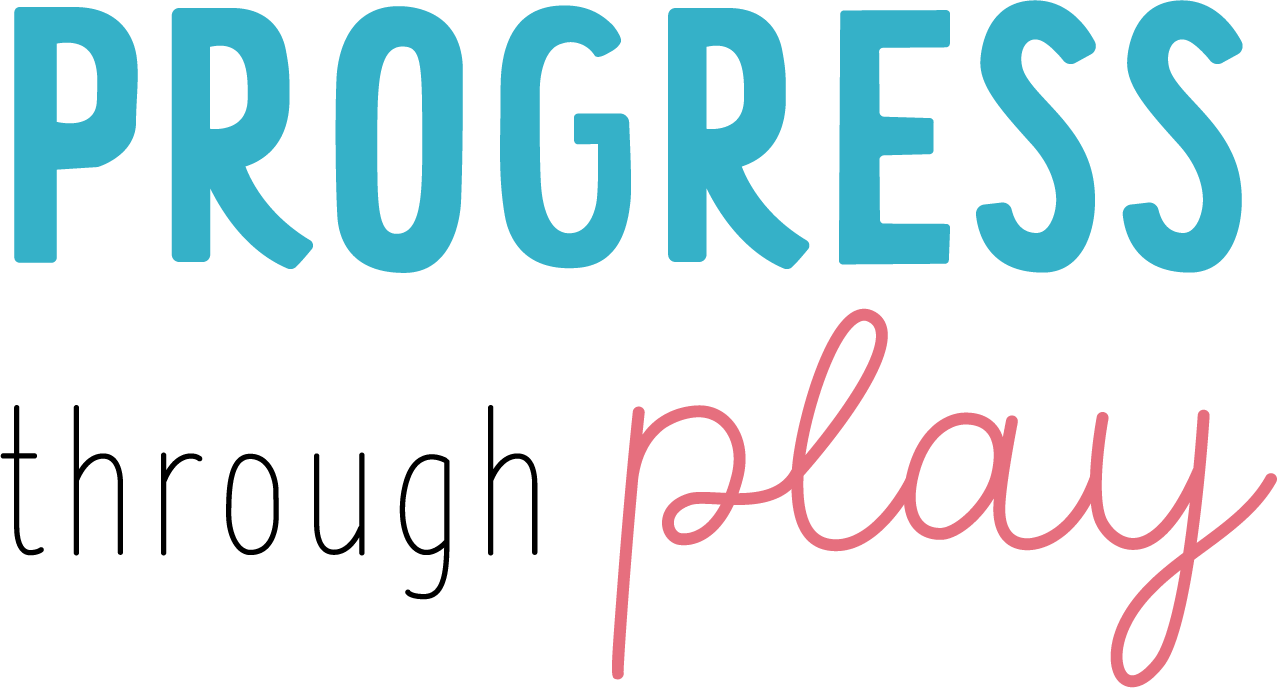Building a Strong Foundation for Your Baby’s Motor Development: Expert Tips from a Pediatric Physical Therapist
In my work as a Pediatric Physical Therapist, I work with babies and their families everyday. I get a lot of questions and concerns throughout my day - and I love that parents are asking questions to help their babies thrive! I wanted to share my in depth thoughts on a few things that parents have been bringing up lately.
1. Reflux Meds
When your baby experiences reflux symptoms, the first step is to have professionals who can conduct a thorough feeding assessment. This involves evaluating how your baby feeds, swallows, and digests. Issues such as tongue tie, improper latch, or swallowing difficulties can contribute to reflux-like symptoms. As reflux can sometimes be a symptom of underlying issues related to gut health or overall body tension and functional movement patterns, addressing these can often reduce reflux symptoms without the need for medication. A whole body approach that assesses how their body functions can help identify areas of tension or imbalance, and promote healthy movement patterns. This approach looks beyond just treating symptoms and focuses on optimizing your baby’s overall health.
3. Importance of Transitioning in and out of Tummy Time
Tummy time is crucial for your baby’s development, but equally important is how you prepare them for it and transition them through different positions. Start by making them comfortable on their back, engaging them in play to keep them happy and relaxed. Gradually transition to their side and then encourage tummy time. This gradual approach helps your baby feel secure and confident in each position, supporting their motor development and reducing discomfort. Tummy time, and the transitions, is important for strengthening neck and upper body muscles, which are essential for achieving milestones further down the road, such as rolling, sitting and crawling. Start tummy time early, even if it’s just a few minutes a day, and gradually increase as your baby grows more comfortable. Use colorful toys, mirrors, or your gentle encouragement to keep tummy time engaging and enjoyable.
4. Infant Head Shape and Sleeping Comfort
Ensuring your baby is comfortable sleeping with their head turned in different directions is huge for preventing head flattening, or plagiocephaly. To assess if your baby has a side preference or tension affecting their head position, try the following test: lay your baby down for sleep with their head turned to the right on one occasion, and then to the left on another. Observe if they comfortably maintain each position or if they quickly turn their head to a preferred side (the "boomerang effect").
Difficulty maintaining head position can indicate underlying tension or discomfort that needs attention.
Observation is key to understanding your baby’s unique developmental journey. Take the time to watch how your baby moves, explores, and interacts with their environment. Notice their preferences, strengths, and any challenges they may face. By observing closely, you can better support their development and detect any potential issues early on. For another look at this and other infant milestone topics, click HERE!



